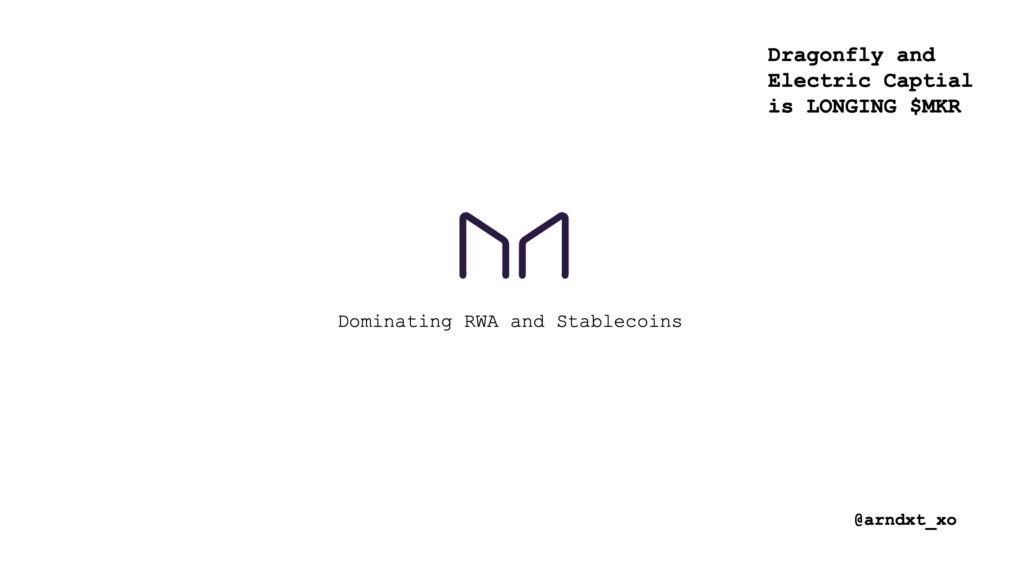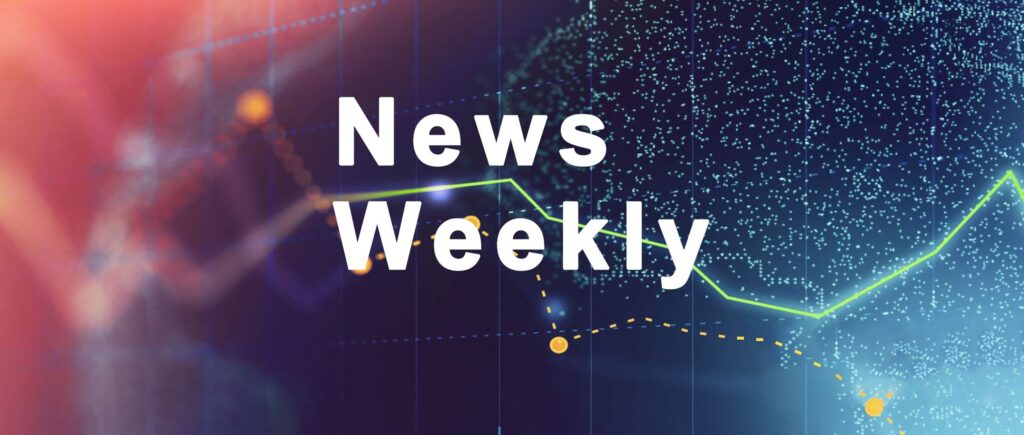Research Summary
The report provides a comprehensive overview of the stablecoin issuers market sector, focusing on key business drivers and protocol fundamentals. It explores the dynamics of decentralized stablecoin issuers, the decline in outstanding stablecoin supply, growth trends in collateral, new developments, challenges, and future prospects. The report also highlights specific examples such as MakerDAO, Liquity, Aave’s GHO, and PayPal’s PYUSD, among others.
Key Takeaways
Stablecoin Issuers and Their Dynamics
- Introduction to Stablecoin Issuers: The report discusses decentralized stablecoin issuers that allow users to borrow stablecoins against crypto or real-world collateral assets. These stablecoins are often pegged to fiat currencies like the US dollar or Euro.
- Overcollateralized vs. Algorithmic Stablecoins: While overcollateralized stablecoins provide a more robust peg, algorithmic stablecoins achieve price stability through algorithms. The report highlights the failure of most algorithmic stablecoins over the long term.
- Decline in Outstanding Stablecoin Supply: The report notes a decrease in outstanding stablecoin supply from $100b to $76b, driven by macroeconomic and regulatory factors. Centralized stablecoins still dominate the market, with MakerDAO’s DAI being the largest decentralized stablecoin.
Growth and Trends in Stablecoin Collateral
- MakerDAO and Liquid-Staking Tokens: Deposits in MakerDAO’s wstETH vaults have grown significantly, and the report anticipates more stablecoin issuers to build products around liquid staking derivatives (LSDs).
- Liquity and Uncensorable Collateral: The report highlights the growth of Liquity’s LUSD and the rising demand for stablecoins with uncensorable collateral due to macroeconomic and regulatory risks.
New Developments and Highlights
- Aave’s GHO Stablecoin: Aave’s stablecoin GHO reached $21.8m outstanding supply within a month of launch, and the report sees significant potential for growth.
- Other Key Highlights: The report mentions Circle’s financial performance, Liquity’s protocol update, PayPal’s PYUSD, and new listings in the stablecoin issuers market sector.
Challenges and Tradeoffs
- Challenges with Algorithmic Stablecoins: The report emphasizes the challenges faced by algorithmic stablecoins, including rapid exits by users when prices fall below the peg.
- Tradeoffs for Stablecoin Issuers: Different collateral types represent tradeoffs for stablecoin issuers, with fiat collateral allowing for scaling but subject to higher management risk, while onchain collateral like ETH offers non-custodial management.
Future Prospects and Exciting Developments
- Anticipation of New Products: The report expects more stablecoin issuers to build products around LSDs and extend this trend to staked versions of other native blockchain assets.
- Untapped Potential of GHO: The report sees untapped potential in Aave’s GHO and considers it a critical element for the future growth of the protocol.
Actionable Insights
- Investment Opportunities in Stablecoin Issuers: The growth of decentralized stablecoin issuers and the untapped potential of products like Aave’s GHO may present investment opportunities.
- Consideration of Collateral Types: Stablecoin issuers need to consider the tradeoffs between different collateral types, balancing scalability with management and centralization risks.
- Monitoring Regulatory Risks: The decline in stablecoin supply due to regulatory factors emphasizes the need to monitor and navigate regulatory landscapes.
- Exploration of Liquid Staking Derivatives: The report’s anticipation of more stablecoin issuers building products around LSDs suggests an area for exploration and potential innovation.












